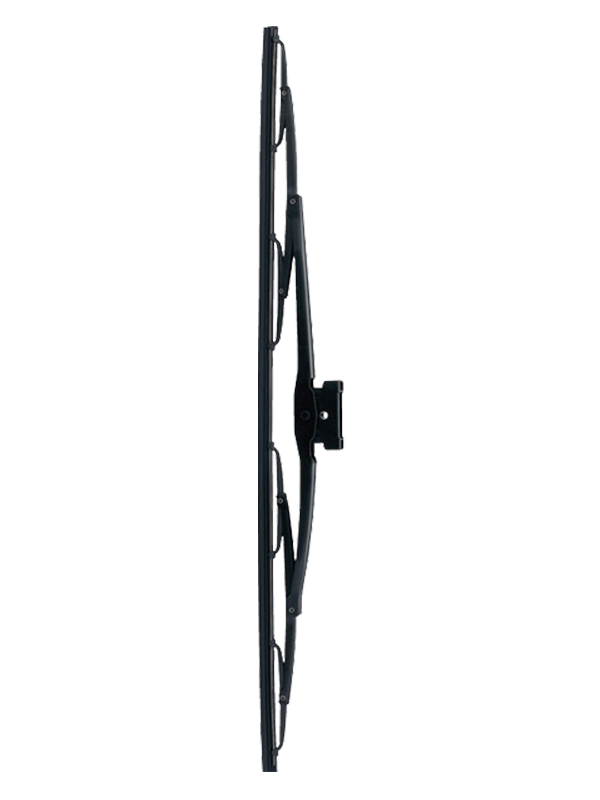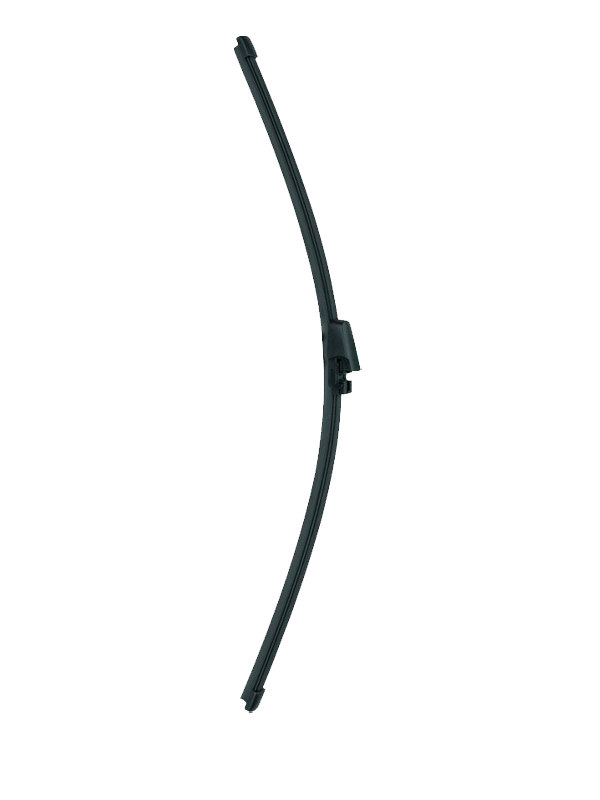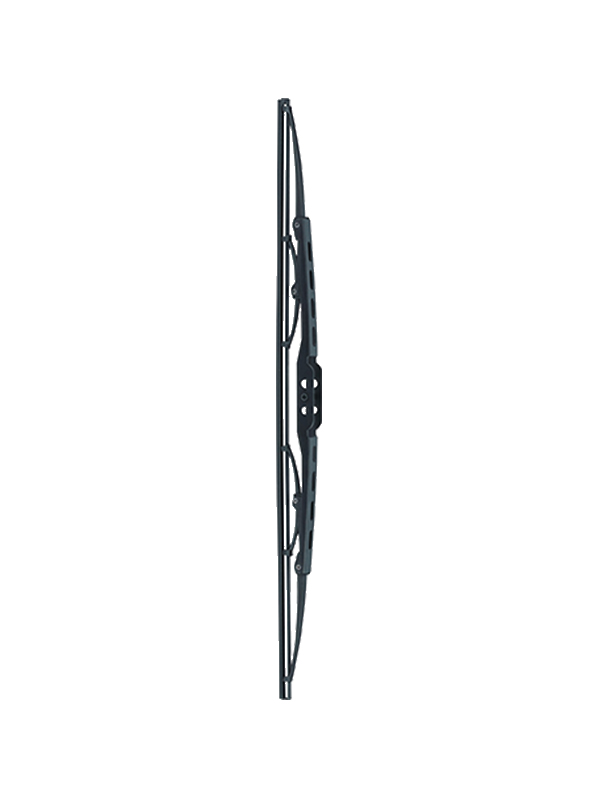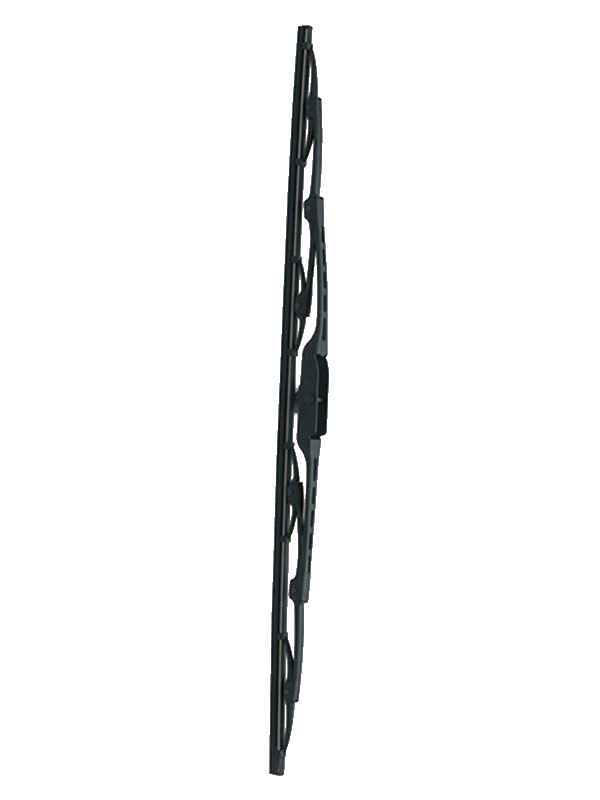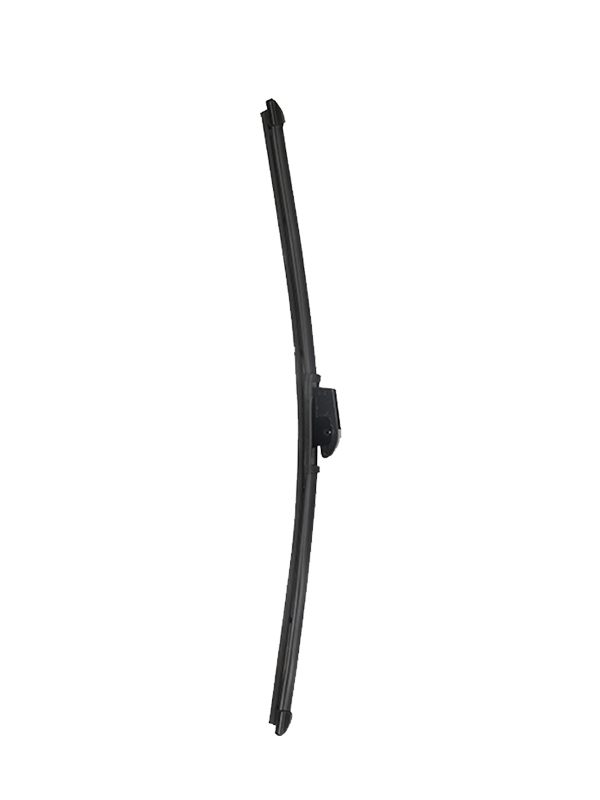Submit feedback
The Evolution of Car Wipers: The Great Showdown Between Flat Wipers and Standard Wipers

"The Eyes in the Rain"
Among the many components of a car, the wiper might be the frequently overlooked, yet its importance cannot be overstated. When faced with rain or snow, it acts as the vehicle's “eyes,” clearing away water, snow, dust, and even bug splatters from the windshield to ensure the driver has a clear field of vision. The quality of a wiper is directly related to driving safety, especially in harsh weather conditions, where its performance can even determine the safety of an entire journey.
However, with the continuous development of the automotive industry, the seemingly simple wiper is quietly undergoing a technological revolution. From the initial bulky standard wipers to the sleek and modern flat wipers of today, this evolution has not only changed their appearance but also profoundly impacted their performance and user experience.
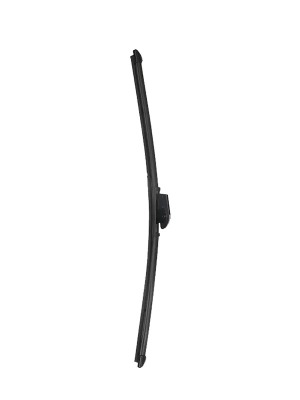
Standard Wipers: The Classic and Its Challenges
Deconstructing the Technology of Standard Wipers
Standard wipers, as the name suggests, are the widely used and have the longest history among all wiper types since the automobile’s invention. Their structure is relatively simple, consisting of a metal frame and a rubber blade. The metal frame is usually composed of multiple articulated joints, resembling a miniature skeleton. The blade is pressed against the windshield at several “pressure points” on the frame. As the wiper swings, these pressure points transfer the pressure from the wiper arm to the glass surface, achieving the wiping function.
For a long time, this design performed its duty well. Its working principle can be simply summarized as: using the lever principle and mechanical structure to disperse the single force of the wiper arm to multiple points on the blade. Theoretically, as long as these pressure points are sufficient and reasonably distributed, a uniform wiping effect can be achieved.
The Pros and Cons of Standard Wipers
Although standard wipers have dominated the market for many years, their design also has some inherent limitations.
Advantages:
- Mature Manufacturing Technology and Low Cost: The production process for standard wipers is very mature, and large-scale manufacturing has made their cost extremely low. This also makes their price in the aftermarket very affordable, with almost no financial pressure to replace them.
- Simple Structure and Easy to Replace: Due to their simple frame structure, car owners can relatively easily replace the wipers themselves without the need for professional tools.
- Good Performance on Specific Windshield Curves: For some vehicles with less curvature or flat windshields, the multiple pressure points of standard wipers can fit the glass surface well, and the wiping effect is satisfactory.
Disadvantages:
- Uneven Wiping Pressure, Prone to Chattering and Noise: This is the well-known problem with standard wipers. Since pressure is transferred through a limited number of points, the pressure distribution on the blade becomes uneven, especially at high speeds or in windy weather. This can cause the blade to skip and produce an annoying “chattering” sound, affecting the driving experience.
- Bulky Appearance and Impact on Aerodynamics: The exposed metal frame not only increases wind resistance but can also lift the wiper at high speeds, affecting the wiping performance. This is a clear disadvantage in modern car designs that prioritize low drag and fuel efficiency.
- Prone to Snow and Ice Buildup, Affecting Use: In cold winter weather, the multiple joints of the wiper frame can easily get stuck with snow or ice, preventing the wiper from working properly and potentially damaging the wiper motor.
- Wear and Rust at Blade-Frame Connections: Exposed to long-term sun, wind, and rain, the metal parts of the frame are prone to rust, and wear at the articulated joints can cause a decrease in wiping performance.
Comparison Table
| Feature | Standard Wipers | Flat Wipers |
|---|---|---|
| Appearance | Bulky with an exposed metal frame | Integrated design, slim and streamlined |
| Wiping Pressure | Uneven, multi-point pressure | Evenly distributed, with an integrated steel spine |
| Wind Resistance | High, can lift | Low, more stable |
| Noise | High, can produce chattering | Low, quieter |
| Durability | Prone to wear and rust | Integrated design, longer lifespan |
| Winter Performance | Prone to snow and ice buildup | Simple structure, less prone to icing |
| Price | Lower | Relatively higher |
| Replacement Ease | Simple, easy to do yourself | Relatively simple, some cars require specific adapters |
Flat Wipers: Innovation and Advantages
Deconstructing the Technology of Flat Wipers
Flat wipers, also known as beam wipers or aero wipers, represent a significant leap forward in wiper technology. Unlike their multi-part predecessors, they feature a single, sleek, and streamlined design.
Their core innovation lies in the use of a pre-curved, integrated spring steel spine embedded within the rubber blade. This spine provides the necessary tension and structure, eliminating the need for an external metal frame and multiple pressure points.
The working principle is elegantly simple yet highly effective. The built-in steel spine is manufactured with a specific curvature that perfectly matches the typical arc of a car’s windshield. When the wiper arm applies force to the center of the blade, this force is evenly distributed along the entire length of the steel spine, which in turn applies uniform pressure to the rubber edge.
This results in a consistently tight seal between the blade and the glass, ensuring that every millimeter of the blade performs its task efficiently.
The Core Advantages of Flat Wipers
This fundamental design difference gives flat wipers several significant advantages over the standard type, which have made them the preferred choice for modern vehicle manufacturers.
Superior Wiping Performance
Because the pressure is distributed uniformly across the entire length of the blade, flat wipers offer a clearer, streak-free wipe. This uniform contact eliminates the skipping and chattering that often plague standard wipers, even at high speeds or in heavy rain. The result is a much smoother and quieter operation.
Enhanced Aerodynamics and Reduced Wind Noise
The low-profile, integrated design of flat wipers minimizes wind resistance. This not only contributes to better fuel efficiency but, more importantly, keeps the wiper firmly pressed against the windshield at high speeds.
This stability prevents the "lift" effect seen in standard wipers, which can cause poor wiping performance and excessive wind noise, which can be very distracting to the driver on the highway.
Aesthetic Integration with Modern Car Design
With their minimalist, sleek look, flat wipers blend seamlessly into the clean lines and modern aesthetics of today’s vehicles. They complement the overall design of the car, offering a more contemporary and sophisticated appearance.
Increased Durability and All-Weather Capability
The simple, one-piece construction of flat wipers means there are no exposed joints or metal parts to rust or wear out. This makes them more durable and better suited for long-term use.
Additionally, without the open frame to catch snow and ice, they perform much better in winter conditions, reducing the risk of a frozen wiper blade.
Market Competition: From Traditional to Mainstream
Technological Evolution and Market Acceptance
The journey of the flat wiper from a niche, high-end product to a mainstream industry standard is a fascinating case study in automotive technology adoption. Initially, flat wipers were exclusively found on luxury and performance vehicles. Their sleek design and performance were touted as a premium feature, justifying the higher cost. However, as manufacturing processes matured and economies of scale were achieved, the cost gap between flat and standard wipers began to narrow.
This shift was driven by several key factors:
- Automakers, seeking to differentiate their vehicles and improve overall quality, began adopting flat wipers across a wider range of models, including economy and mid-range cars.
- Component suppliers, in turn, invested heavily in R&D and mass production capabilities to meet the growing demand.
- This created a virtuous cycle: increased adoption led to lower costs, which in turn accelerated market penetration.
For consumers, the decision became easier. The clear performance benefits, coupled with the aesthetic appeal, started to outweigh the marginal price difference.
Price and Cost Considerations
Manufacturing Costs
While the initial tooling and R&D for flat wipers were more expensive, mass production has significantly reduced per-unit costs. The process involves molding a single piece of rubber around a spring steel spine, which can be highly automated.
In contrast, standard wipers require assembly of multiple metal components, a process that can be more complex and prone to variation.
Retail Pricing
In the aftermarket, standard wipers remain the more budget-friendly option. A pair of standard wipers can be purchased for a fraction of the cost of their flat wiper counterparts.
This price point continues to attract consumers who prioritize affordability over performance or aesthetics. However, the price gap has shrunk considerably over the years, and many aftermarket brands now offer flat wipers at competitive prices.
Long-Term Value
The true value proposition of flat wipers lies in their longevity and durability. Because they are less prone to wear, rust, and damage from freezing, they typically last longer than standard wipers.
While the initial investment might be higher, the extended lifespan and consistent performance can make them a more cost-effective choice in the long run.
Consumers are increasingly recognizing this “cost-per-use” advantage.
User Experience: An Intuitive Feeling and In-Depth Comparison
A Comparison of Performance in Real-World Driving Scenarios
Beyond the technical specifications and market trends, the true test of a wiper’s quality is its performance on the road.
High-Speed Driving
At higher speeds, the difference between the two wiper types becomes apparent.
- Standard wipers: With their bulky frame, they are susceptible to wind lift, which can cause the blade to lose contact with the windshield. This results in streaking and a dangerous reduction in visibility.
- Flat wipers: With their aerodynamic design, they remain firmly pressed against the glass, ensuring a clear view even when driving at highway speeds.
Extreme Weather Conditions
- In a heavy downpour, the uniform pressure of a flat wiper allows it to clear a larger volume of water more efficiently, reducing the need for high-speed operation and potential chattering.
- In winter, the lack of an external frame on flat wipers means there are fewer places for ice and snow to accumulate, making them far more reliable in freezing temperatures.
- Standard wipers, by contrast, can easily become clogged, leaving a large portion of the windshield unwiped.
Daily Maintenance and Replacement
- Standard wipers: Replacement is straightforward, often involving a simple clip or hook.
- Flat wipers: Sometimes require specific adapters, making the process slightly more complex. However, modern flat wiper designs now use universal adapters, making them nearly as easy to replace as their traditional counterparts.
Future Outlook: Technological Integration and Intelligent Trends
The Future Development of Wiper Technology
As the automotive industry moves toward a more connected and autonomous future, the humble wiper is poised for further evolution. It will no longer be just a simple mechanical part but an integral component of a car’s sophisticated sensor system.
Material Innovation
The next generation of wipers might not even require a blade. Emerging technologies like super-hydrophobic coatings on windshields could cause water to bead and roll off, making traditional wipers obsolete.
In the meantime, advanced materials like graphene could be used to create blades that are not only more durable but also capable of heating up to melt ice and snow instantly.
Smart Wiper Systems
We already have rain-sensing wipers, but future systems could be far more intelligent.
- Integrated with the car’s camera and LiDAR sensors, a smart wiper system could analyze the type and intensity of precipitation in real time.
- They could automatically adjust not only the speed but also the pressure of the blade for performance.
- They might even work in tandem with the car’s navigation and weather data, pre-emptively clearing the windshield before a storm hits.
Hybrid Wipers and Other Innovations
We might see a blend of the two technologies, with new hybrid wipers combining the low cost of a standard frame with the performance benefits of a flat blade.
We could also see entirely new designs, such as ultrasonic or laser-based systems that use vibrations or precise beams of light to clear the windshield without any physical contact.
Conclusion: Wipers, More Than Just Wiping Water
From the multi-jointed skeleton of the traditional wiper to the sleek, integrated design of the modern flat wiper, the evolution of this small but mighty component reflects the broader advancements in automotive engineering.
Flat wipers have become the new standard, not just for their aesthetic appeal, but for their undeniable technical superiority in performance, durability, and aerodynamics.


 English
English  中文简体
中文简体 

